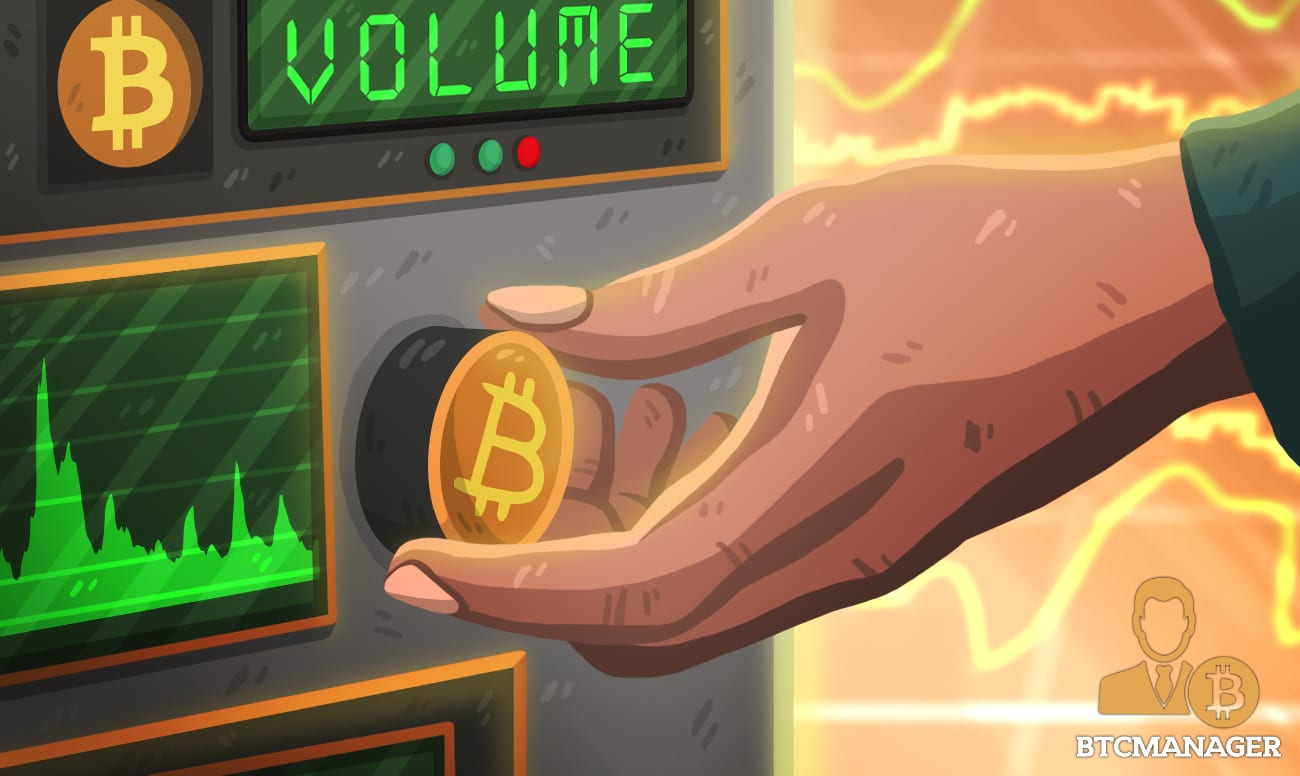Ahead of Ethereum’s anticipated transition, the decentralized lending and borrowing platform, Aave, has announced that it would cease loaning Ether to others. The decision came following the Aave community’s overwhelming vote in favor of the suspension.
Aave to Stop Loaning Ether
The upcoming Ethereum Merge, which will see the network move from the proof of work (PoW) to the proof of stake (PoS) consensus protocol, has seen some platforms make drastic changes to their operations.
Accordingly, the lending and borrowing protocol will halt its loaning of Ether ahead of the Merge as a measure to prevent the anticipated risks post-merge. The community has voted in favor of the ban by putting aside the widely held free-market principle to avert any financial risk that may accompany the Merge.
Various networks hosting the Ethereum blockchain have started making critical changes to their operations.
The reason for the pause is that the suspension of borrowing will reduce the risk of high use of the Aave protocol.
It is worth noting that the utilization rate is the percentage of the asset loaned out; the borrowing rate will likely rise as the Merge nears because users could be more active in the coming days.
Ian Unsworth from Binance.US opined that users increasingly borrow Ether from some top lending platforms. If the trend is allowed to continue, the high utilization rate, which is currently 70%, will shoot up to 100% before the Merge.
Furthermore, a jump in the utilization rate to 100% indicates that most of the Ether is already loaned out, and little is left for liquidators to use as collateral. Experts like Unsworth noted that high utilization would affect liquidation transactions.
The loan halt is regarded as a good move because when the market becomes volatile, and ETH borrowers are looking for liquidation, there will be a scarcity of the tokens.
ETH-based Recursive Trade Is Unsustainable
The argument regarding a rise in the utilization rate is that it would push the borrowing rates to a stage where they would become unattractive to users. As a result, this would lead to a situation where there is a massive closure of the trading positions, thus triggering volatility in the Ethereum market.
Furthermore, recursive trading allows users to deposit ETH into liquid staking platforms like Lido, which they will get in return for the staked Ether. However, the token is deposited to serve as collateral users can use to borrow on the AAVE protocol.
Meanwhile, the staking and borrowing phase is a continuous process that analysts see as the potential reason for the downward spiral of the value of Ether. According to industry experts, this will result in an extreme liquidation crisis for Aave.
Aave is already using Ether as collateral, and the protocol currently has over $900 million worth of ETH as locked-up collateral for loaning out Ether.
Despite the glaring support of the community’s decision by industry experts, a handful of members are uncertain whether the ban on ETH borrowing would address the concerns raised.
Sourced from crypto.news.
Written by Ifeanyi Egede on 2022-09-07 00:00:00.










